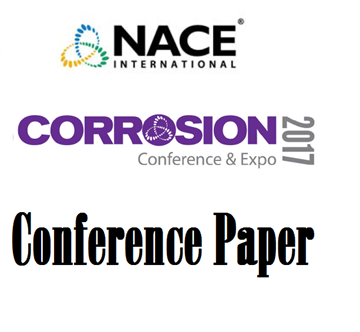Search
Looking Past the Re lection: Conservation of Energy through Insulation Coatings
Also Purchased
Optimization of Corrosion Inhibitor Application Using Modular Automated Corrosion Control Centers
Product Number:
41206-278-SG
Publication Date:
2006
$20.00
To Cycle or Not to Cycle: That is the Question
Product Number:
51217-037-SG
Publication Date:
2017
$20.00
Study on the Mechanism and Influencing Factors of High Voltage Direct Current Interference
Product Number:
51317--9293-SG
ISBN:
9293 2017 CP
Publication Date:
2017
$20.00




